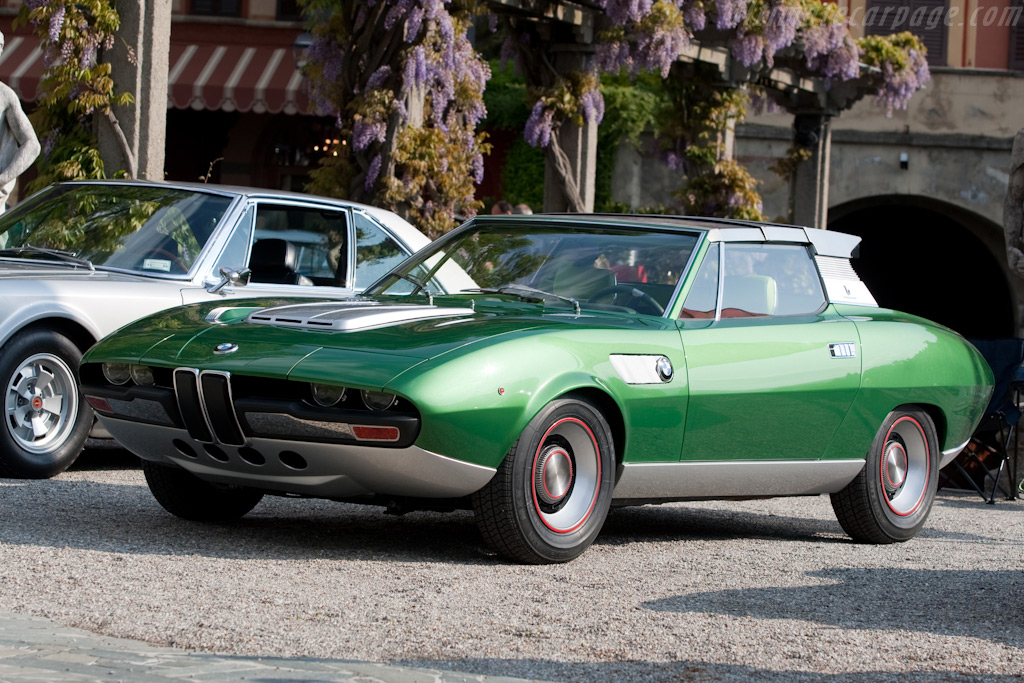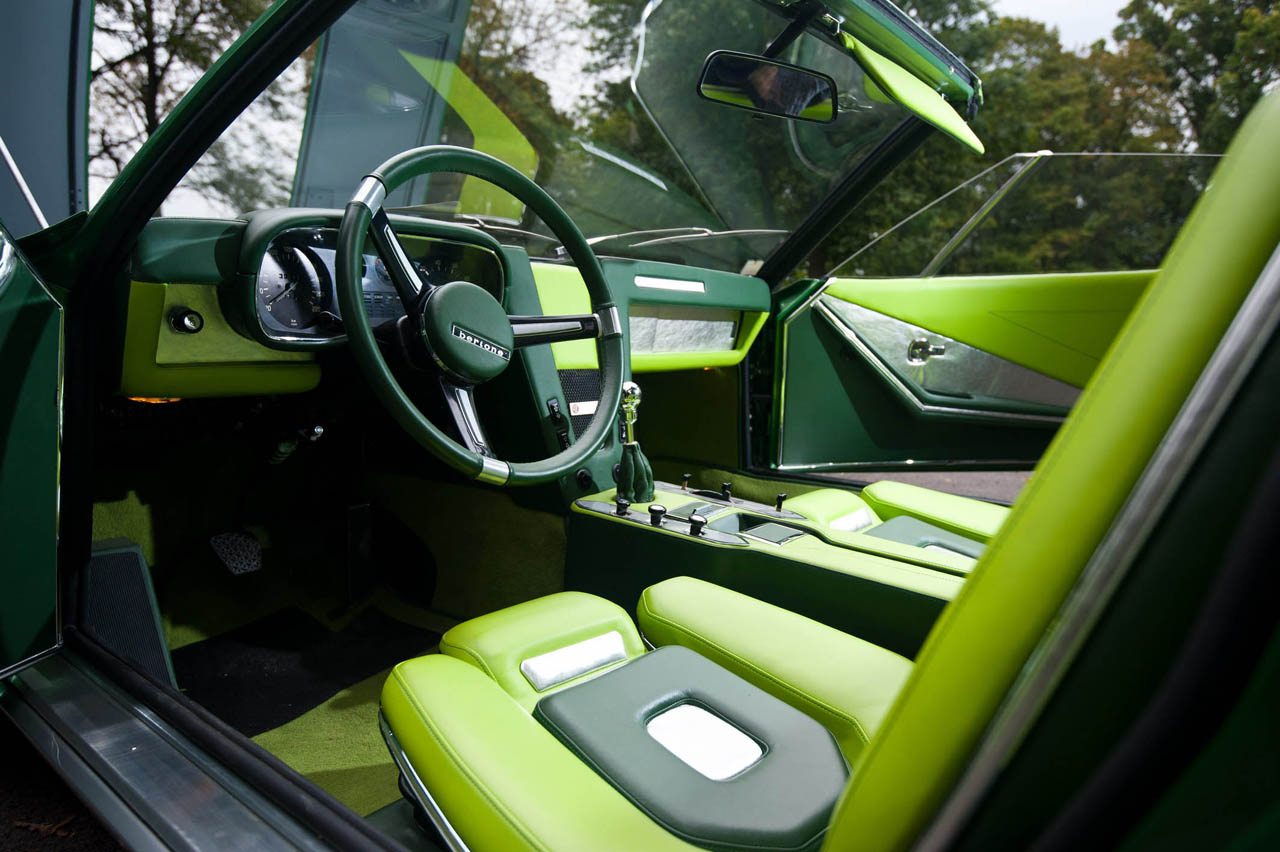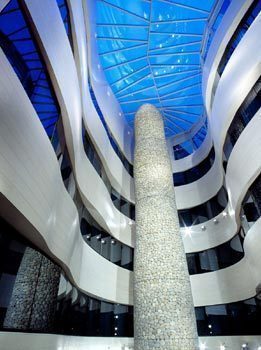sábado, 21 de julio de 2012
viernes, 20 de julio de 2012
La vuelta al mundo en tren (Suiza - Glacier Express)
Ruta (Route): St Moritz/ Davos/Chur - Zermatt
Duración (Duration): 8h./6 h.
Distancia (Distance): ¿?
El Glacier Express es un tren turístico en Suiza que, desde 1930, une Sankt Moritz con Coira, Disentis/Mustér, Andermatt, Brig, Visp y termina en Zermatt en el cantón suizo de Valais. Durante el verano también transita un tren paralelo que une Zermatt con Davos. El primer Glacier Express partió el 25 de junio de 1930 a las 07.30 horas con 70 pasajeros, y llegó a St. Moritz casi 11 horas después. El tren es conocido también como el "expreso más lento del mundo". Durante 7 horas y media, el tren pasa por 291 puentes, 91 túneles y pasa por el Oberalppass a 2033 metros sobre el nivel del mar. Hasta 1981, el Glacier Express pasó por el túnel Furka-Scheitel hasta 2162 msm. El tramo entre Oberwald hacia Rehalp podía ser transitado durante 4 meses del verano solamente, por lo que el resto del año no había Glacier Express. Fue este tramo precisamente el que le dio el nombre al tren, puesto que era posible observar el glaciar Rhonegletscher desde el tren. En 1982 fue inaugurado el túnel base Furka, lo cual hizo posible que el Glacier Express circule todo el año. El tramo por el glaciar es ahora operado por un tren museo de vapor. El tren ofrece a los pasajeros vagones de tipo panorama, que consisten en vagones con amplios ventanales para poder apreciar mejor los paisajes del recorrido. Los turista reciben al inicio del viaje unos audífonos, los cuales se conectan a enchufes en los asientos para poder escuchar audio con información histórica y descriptiva de los lugares que se recorren. Esta información está disponible en seis idiomas: alemán, inglés, francés, japonés, mandarín e italiano. En el tren, los pasajeros pueden ordenar almuerzo y bebidas, los cuales son preparados por el vagón restaurante de cada tren, y son servidos directamente en las mesas de los pasajeros. Precios
The Glacier Express is an express train connecting railway stations of the two major mountain resorts of St. Moritz and Zermatt in the Swiss Alps. The train is operated jointly by the Matterhorn Gotthard Bahn (MGB) and Rhaetian Railway (RhB). For much of its journey, it also passes along and through the World Heritage Site known as the Rhaetian Railway in the Albula / Bernina Landscapes. The train is not an "express" in the sense of being a high-speed train, but rather, in the sense that it provides a one-seat ride for a long duration travel. In fact it has the reputation of being the slowest express train in the world.[1] As St. Moritz and Zermatt are home to two well-known mountains, the Glacier Express is also said to travel from Piz Bernina to Matterhorn. The Glacier Express first ran in 1930. Initially, it was operated by three railway companies: the Brig–Visp–Zermatt Bahn (BVZ), the Furka Oberalp Bahn, and the RhB. Since 2003, the train has been operated by RhB and a newly established company, the MGB, which arose from a merger between the BVZ and the FO. The trip on the Glacier Express is a 7½ hour railway journey across 291 bridges, through 91 tunnels and across the Oberalp Pass on the highest point at 2,033 m (6,670 ft) in altitude. The entire line is metre gauge (narrow gauge railway), and large portions of it use a rack-and-pinion system both for ascending steep grades and to control the descent of the train on the back side of those grades. Prices
| Si quieres comprarlo/If you want to buy | ||
Etiquetas:
Ferrocarril-Railway
jueves, 19 de julio de 2012
Estados Unidos de España - Utah (United States of Spain)
La región sur de Utah fue explorada por los españoles en 1540, al mando de Francisco Vázquez de Coronado, cuando buscaba la legendaria Cíbola. Un grupo conducido por dos sacerdotes Católicos —a veces llamada la expedición Domínguez-Escalante— dejó Santa Fe en 1776, esperando encontrar una ruta a la costa de California. La expedición viajó hacia el lejano norte hasta el lago Utah y encontró a los residentes nativos. Los españoles realizaron más exploraciones en la región, pero no se interesaron por colonizar la zona debido a su naturaleza desértica. En 1821, con la independencia de México de España, la región de Utah pasó a formar parte de México, como parte integrante de la Alta California.
The southern Utah region was explored by the Spanish in 1540, led by Francisco Vásquez de Coronado, while looking for the legendary Cíbola. A group led by two Catholic priests—sometimes called the Dominguez-Escalante Expedition—left Santa Fe in 1776, hoping to find a route to the coast of California. The expedition traveled as far north as Utah Lake and encountered the native residents. The Spanish made further explorations in the region, but were not interested in colonizing the area because of its desert nature. In 1821, the year Mexico achieved its independence from Spain, the region of Utah became part of Mexico, as part of Alta California.
by PI
| Si quieres más/If you want to buy | |
Etiquetas:
Historia-History
Hotel Silken Gran Hotel Domine (Bilbao, España)
Donde está por si queréis viajar/Location to travel
by PI
| Si quieres comprarlo/If you want to buy | |
Etiquetas:
Arquitectura-Architecture
Suscribirse a:
Comentarios (Atom)























































